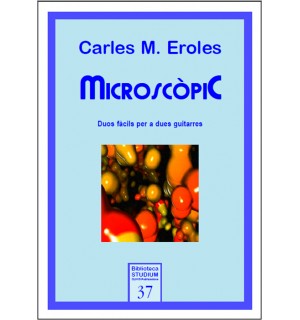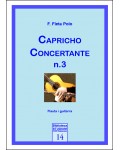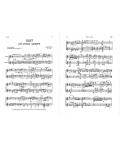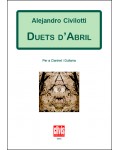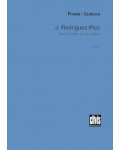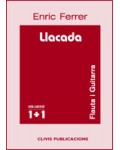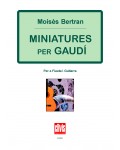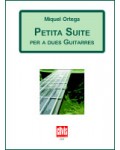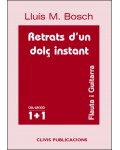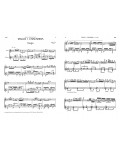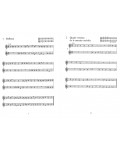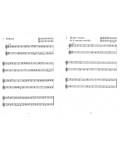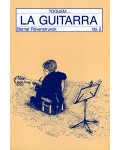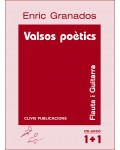
No products
Prices are tax included
Product successfully added to your shopping cart
There are 0 items in your cart. There is 1 item in your cart.
- English
- Castellano
- Català
Microscòpic
DS037
Imagination and teaching experience are the essential ingredients that make Microscòpic such a well-rounded, consistent and musically attractive work in the field of chamber music, a discipline that is as enriching as it is essential in the training of the future musician.
| Period | 20th c. |
| Subheading / Parts | Nòrdic - Sorpresa - Inquiet - Vals - Balada - Festa |
| Instruments | 2 guitars |
| Pages | 14 |
| Time | 10 min. |
| Contents | score |
| ISMN | 979-0-3502-0801-0 |
| Price of print edition | 14€ |
| Edition | Digital |
Microscòpic, six short duets for two guitars, composed by guitar player and teacher Carles M. Eroles, sheds light on the saying that ‘serious doesn’t have to be boring’ and everyone knows that this is no easy thing to achieve. Even less so when the ‘serious’ matter in question has to be educational, which is the case of the collection we have here.
Imagination and teaching experience are the essential ingredients that make Microscòpic such a well-rounded, consistent and musically attractive work in the field of chamber music, a discipline that is as enriching as it is essential in the training of the future musician.
Furthermore, Carles M. Eroles has created material which, while not relinquishing tradition, immerses us almost without realising it in contemporary language in which the timbre, rhythmic and harmonic elements of sound levels and different textures make our children lose their fear of this world still full of prejudices that we call ‘contemporary music’.
In Microscòpic everything has been minutely calculated: the duration of the pieces, the prudent use of timbre and harmonic resources, strumming, ponticello... and the expressive use of dissonance and rhythm. However, the author still leaves room for the imagination to soar and expressivity to be plumbed.
In my opinion, no method or educational collection should be an end in themselves, but rather points of support and assistance in the joint task of both teacher and student. It is from this perspective too that Microscòpic undoubtedly fulfils its mission. Turn the pages, savour the contents and enjoy!
Jordi Codina

